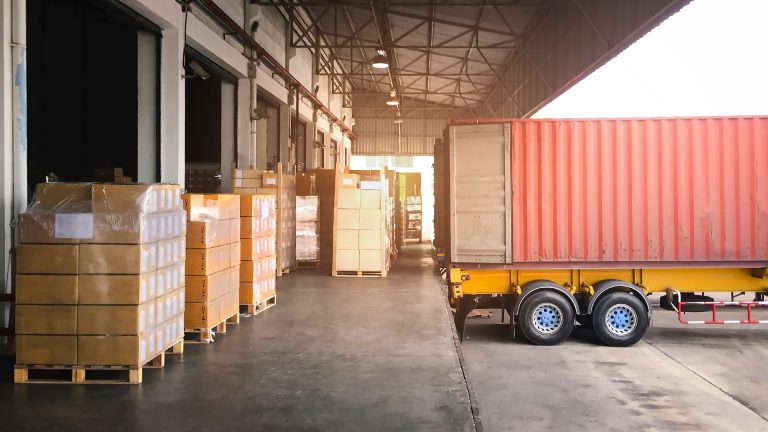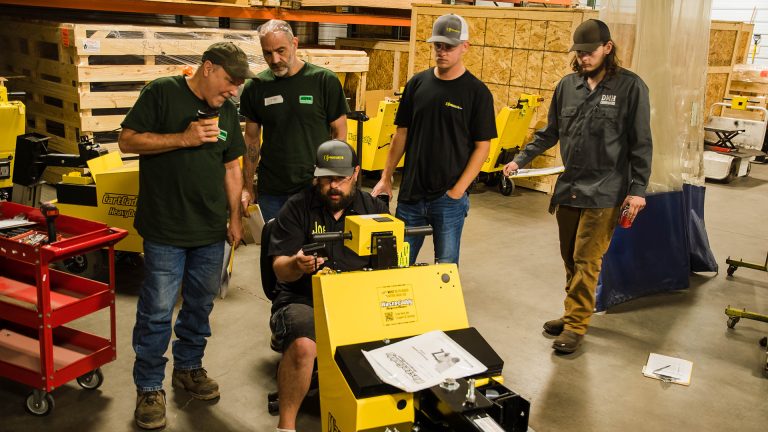Horizontal push force is a more significant factor than load weight in pushing and pulling tasks. In moving a wheeled piece of equipment or a load on a wheeled cart, three main forces come into play:
- Starting or initial force is the effort required to initiate movement. It requires the greatest effort because it must overcome inertia.
- Sustained or rolling force is the effort required to keep the load in motion and requires significantly less effort if a steady speed is maintained.
- Turning force is the effort required to turn the load and can be significant as the load is moved into a new direction, often requiring asymmetric body postures and muscle exertion which carry a greater risk of injury.
- Stopping or positioning force is the effort required to bring the load to a halt or position it in a specific place. Positioning can require significant, multidirectional force, exposing the worker to hazardous postures and muscle exertions.
Ergonomics mitigates these forces through design that seeks to minimize stress on the worker’s body and reduce wasted movement and effort. By reducing unnecessary movements and awkward postures, the force exerted by a worker is more efficiently utilized, thus reducing the amount of force necessary to move a load. This reduces both the time and effort needed to complete a task and the risk of worker injury. To ensure that equipment can be easily used by all members of the workforce, ergonomic design is often adjustable to fit a greater number of workers or is targeted to accommodate the weakest members of the workforce.
Ergonomics works to reduce inertial and dynamic forces, friction and physical interference to decrease the amount of force required to move a load. Considerations in ergonomic design generally include:
- Floor materials, pitch and slope
- Load weight, type and quantity per shift
- Cart or equipment size, weight and design
- Wheel or caster type, construction, materials, number and placement
- Handhold type, height, width and placement
- Control type and placement
- Route, number of turns, obstacles and amount and type of maneuvering
- Frequency, duration and repetition of task
- Body postures required to operate equipment and perform tasks
- Height, weight, strength and gender of typical worker


